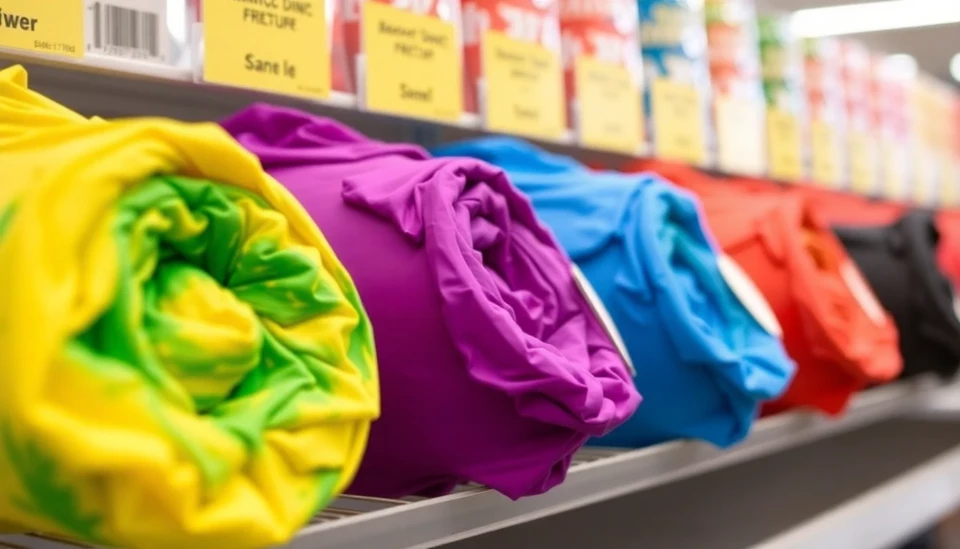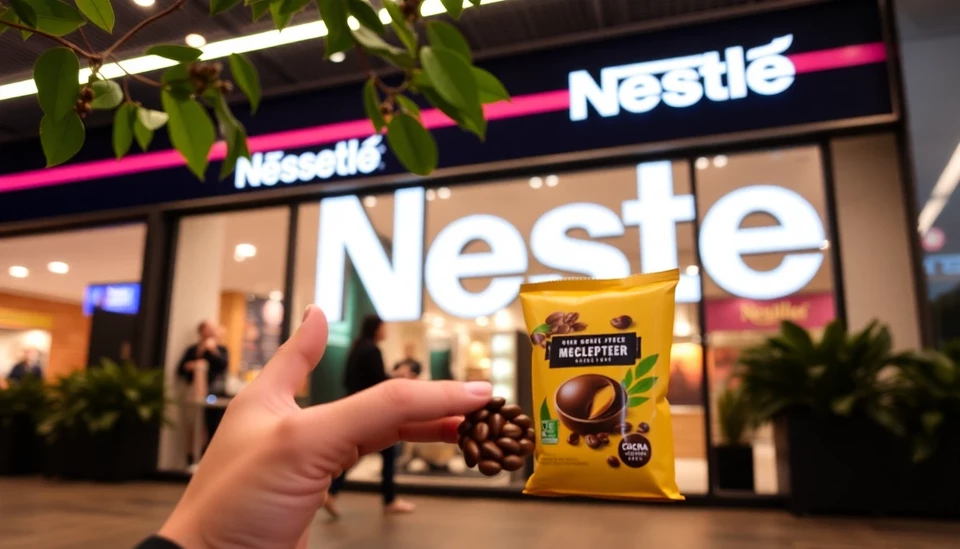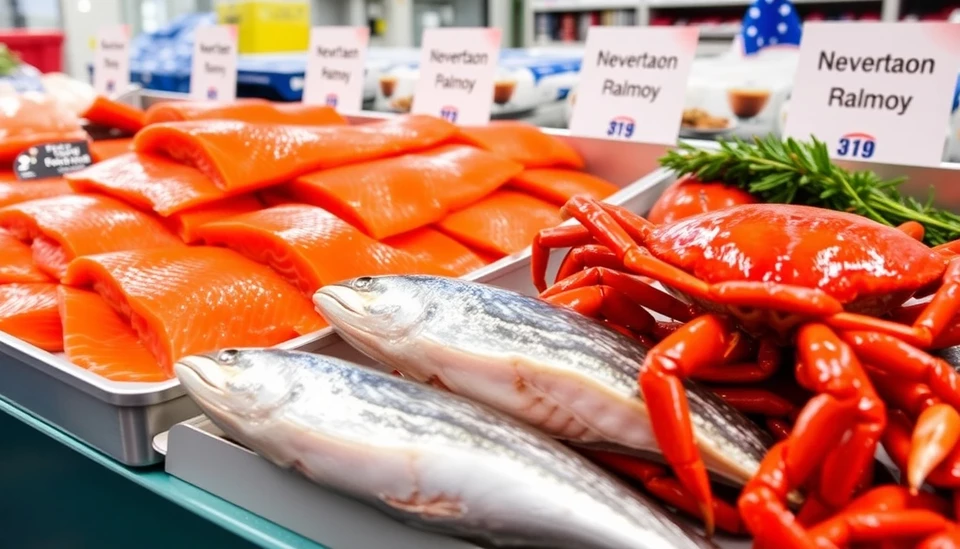
In a surprising turn of events, representatives from the food industry have publicly stated that no formal agreement has been reached with the Department of Health and Human Services (HHS) regarding the reduction of artificial food dyes in consumer products. This announcement comes amid rising scrutiny over the health impacts of these additives, particularly in products targeted at children.
The conversation surrounding artificial food dyes has intensified over recent years, with numerous studies highlighting potential links to behavioral issues and hyperactivity in children. Advocacy groups have been urging the HHS to take decisive action to regulate these dyes more strictly, following other countries in implementing bans or stringent limits. However, the food industry has pushed back against these proposals, asserting that their products are safe and that consumers have the right to make informed choices.
Industry representatives emphasized that while discussions may have occurred at various levels, they have not culminated in an official agreement with HHS. They argue that the rigorous safety assessments conducted by the Food and Drug Administration (FDA) deem these color additives permissible. This position has been a point of contention for health advocates, who demand more transparency and accountability from manufacturers.
The disparity between the food industry’s assertions and the growing public concern presents a complex landscape. Food manufacturers acknowledge the need to respond to consumer preferences, with many already experimenting with natural alternatives. However, a comprehensive commitment to cut artificial dyes is lacking, leaving consumers with uncertainty about the ingredients in the foods they purchase.
Observers suggest that the HHS's role in regulating food dyes will be pivotal in determining the future landscape of food safety regulations. Advocates for reform continue to push for more robust guidelines that would require clearer labeling, allowing consumers to make informed decisions about the products they purchase for themselves and their families.
The ongoing dialogue highlights a critical challenge faced by health officials and regulators as they navigate the intersection of public health concerns, industry practices, and consumer preferences. As regulatory frameworks evolve, the food industry may need to adapt to sustain consumer trust and meet calls for safer ingredient practices.
As the conversation progresses, it will be essential to monitor any developments that may arise from future discussions between industry leaders and governmental bodies. The evolution of this matter is likely to be closely watched by both consumers and health advocates alike.
Ultimately, the question remains whether the food industry will voluntarily step up to address the growing concerns surrounding artificial dyes or if regulatory measures will become necessary to ensure public safety and health standards are upheld.
#FoodIndustry #Health #HHS #ArtificialDyes #ConsumerSafety #FoodRegulations
Author: John Harris




